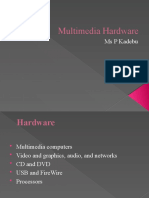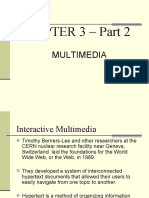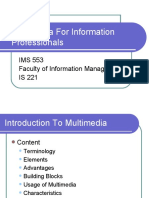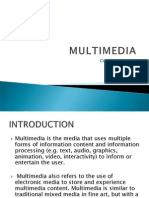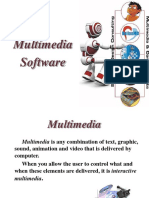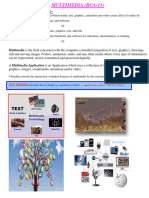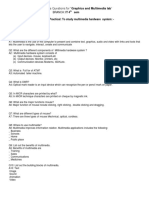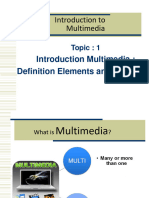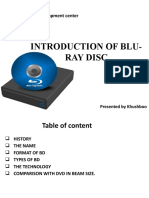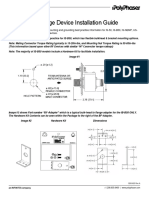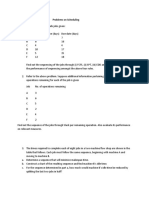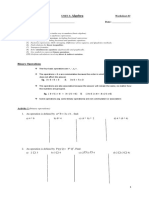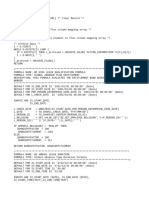0% found this document useful (0 votes)
17 views27 pagesLecture 2 Hardware & Software Tools
The document outlines the specifications and tools necessary for multimedia computers, including hardware components like CPUs, memory, storage, graphics cards, and input/output devices. It also discusses various multimedia software tools for image editing, 3D modeling, audio and video editing, emphasizing the importance of integration through platforms like Adobe Creative Cloud. Overall, it highlights the essential elements for creating and managing multimedia projects effectively.
Uploaded by
hhsoud.hhCopyright
© © All Rights Reserved
We take content rights seriously. If you suspect this is your content, claim it here.
Available Formats
Download as PPTX, PDF, TXT or read online on Scribd
0% found this document useful (0 votes)
17 views27 pagesLecture 2 Hardware & Software Tools
The document outlines the specifications and tools necessary for multimedia computers, including hardware components like CPUs, memory, storage, graphics cards, and input/output devices. It also discusses various multimedia software tools for image editing, 3D modeling, audio and video editing, emphasizing the importance of integration through platforms like Adobe Creative Cloud. Overall, it highlights the essential elements for creating and managing multimedia projects effectively.
Uploaded by
hhsoud.hhCopyright
© © All Rights Reserved
We take content rights seriously. If you suspect this is your content, claim it here.
Available Formats
Download as PPTX, PDF, TXT or read online on Scribd
/ 27












